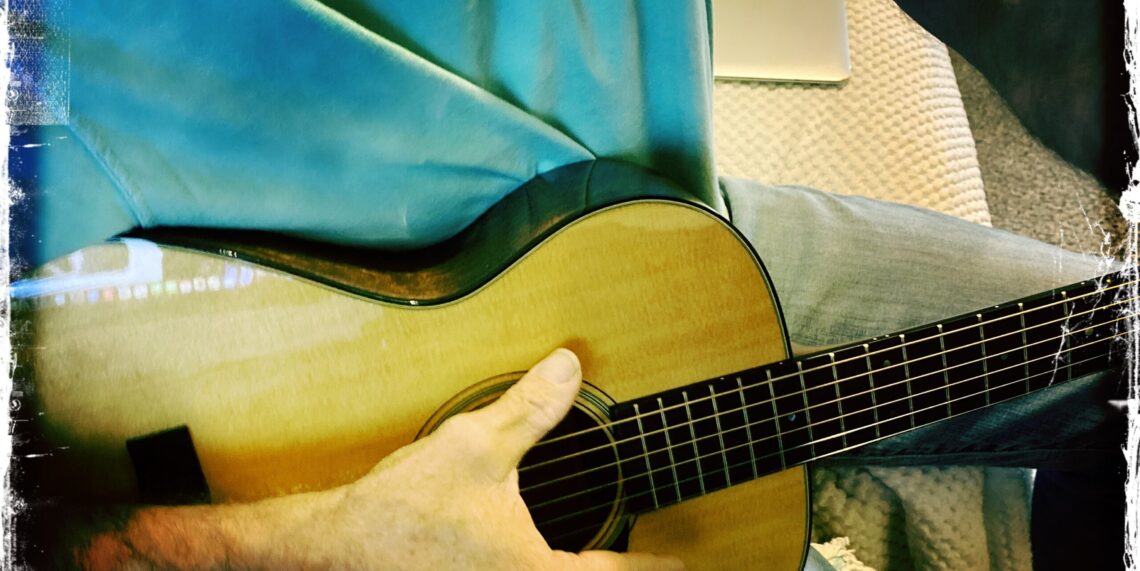Salida Acoustic Jam Group
Player Etiquette

HOW TO JAM WITH SALIDA ACOUSTIC JAM GROUP:
Musicians with unplugged traditional instruments, playing acoustic bluegrass, newgrass, mountain, roots, traditional country, Hawaiian, Americana, folk, Western, Celtic, and Irish music, are welcome! Here are some tips to jam by:
- KEEP IN TUNE, preferably with an electronic tuner! If you’re having trouble with this, ask someone to help!
- KEEP IN TIME! Many traditional styles have their own rhythmic structure and pace. Try to synchronize your rhythm and pace with the others. If you find this difficult, please play quietly and/or a bit away from the group, or you may throw off the rhythm of the other jammers.
- BLEND IN, DON’T BARGE IN! Unless you’re singing lead or playing lead, your job is to support the others. If somebody else is singing, or playing an instrumental break, back off a bit.
- LEARN BY IMITATING someone else who plays your instrument the way you’d like to play.
- TAKE TURNS CALLING TUNES! Please don’t try to dominate a jam by picking every song it plays. If you do, you may find that people are reluctant to jam with you. If the group asks for a song suggestion, consider the kinds of songs and style they’ve been playing. After your tune is played, invite somebody else to select a tune!
- TAKE TURNS WITH VOCALS! There are a maximum of four or five harmony parts on most tunes: lead, high baritone, tenor, baritone, and bass. Try not to dominate any single vocal part! Give your voice a workout by singing another part that is close to your range.
- INVITE INSTRUMENTAL BREAKS! If you’re the person who chooses the tune, don’t forget to invite people to take instrumental breaks after you sing the choruses in your tune! You can do this by calling out instruments, or names.
- **CHOOSE APPROPRIATE TUNES!**If the group asks for a song suggestion, consider the kinds of songs and style they’ve been playing, and try to keep your suggestions within the same genre.
- KEEP PICKIN’, EVEN IF IT HURTS! If you make a mistake in the middle of a song, don’t go back to do it over; just go on to the next thing in the song along with everyone else.
- LOOK AT THEIR HANDS! Learn to “read” the hand positions of the guitar players so that you can anticipate chord changes. After you’ve been jamming for a while, you might even want to learn the Nashville Number system, which helps jammers communicate chord changes quickly and easily.
Things to bring:
- Acoustic instruments
- Chairs
- Traditional songbooks and other songbooks and song lists
- Water or other beverages
- Friends and relations who enjoy playing or listening
- Jacket and/or rain gear, just in case. (On outdoor meets)